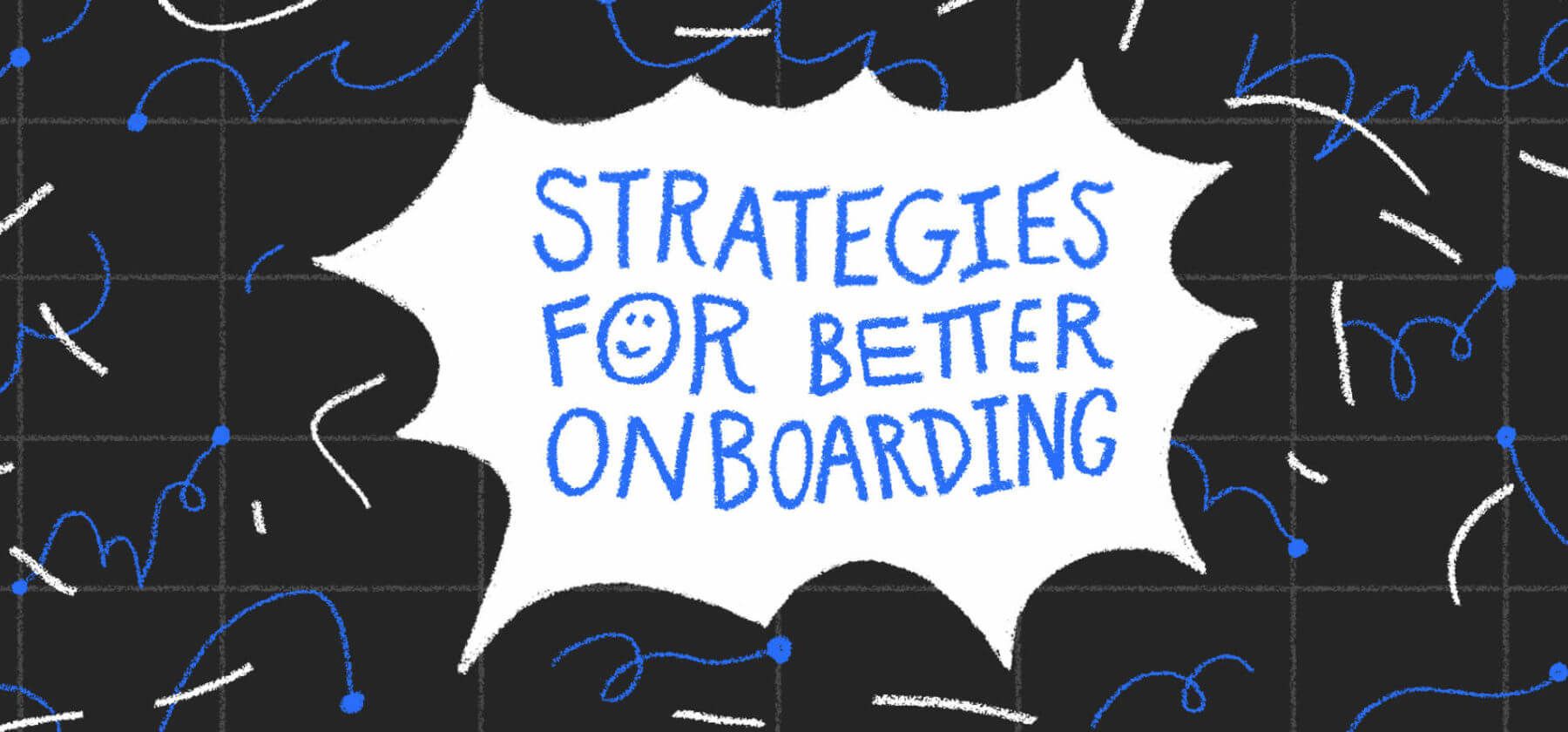
Actionable strategies for better user onboarding
Main illustration: Lily Wang
There are two funnels for SaaS companies. The first is all about acquiring new users. The second is all about keeping them. You can growth hack the first one, but to build a great business, you need to invest in the second one.
The key to solving the second funnel is onboarding. Great onboarding transforms new customers from fleeting visitors to lifelong power users. It’s a continuous process of ensuring your customers get value from your product at every stage of their lifecycle. The math is simple: good onboarding = higher customer retention.
“Great onboarding transforms new customers from fleeting visitors to lifelong power users”
The critical importance of onboarding for all businesses is why we built Product Tours. Our dead-simple tool lets anyone create rich interactive guides to onboard their users – without needing to involve their engineering or design teams. Our customers who use Product Tours see 7x more engagement than email.
In a recent webinar, I sat down with our co-founder Des to discuss exactly what it takes to level up your customer onboarding. We explain where to start, what to look for in user interviews, why onboarding needs to evolve as your customers and product do and much, much more. We also share an inside look at Product Tours. Check out the slides from our webinar below or on SlideShare:
5 best practices for onboarding new customers
Short on time? Here are 5 best practices for customer onboarding that you can start implementing today:
- Interview relevant groups of users. Do not try to design onboarding without talking to your customers, and do not talk to every customer. You should split users up based on their behavior. If you offer a free trial, you might group them using these four actions: ghosted (i.e. signed up and left), converted, cancelled and actively trialling. Each of these groups will offer new insights into their initial experience with your product.
- Work out your “why.” Part of your goal with onboarding is to convince your customers to continue to adopt your product. To do this, you need to maximize their reasons to switch and minimize the reasons to stay with their current solution (if there is one). You have to get customers to the point where switching – or simply overcoming inertia – is a no brainer.
- Define who your onboarding is for. The reality is you can’t onboard everyone. Just like when you are coming up with a marketing plan to acquire new customers, you need to know who your audience is for onboarding. The best people to onboard are the ones who need your product, want it and are capable of using it.
- Always onboard with context. You need to understand your customers’ definition of success and then break down the barriers to get them there at just the right time. You wouldn’t showcase keyboard shortcuts to someone who just signed up. Contextual onboarding is about slowly spoon-feeding the information that’s relevant to your customers when they are ready to hear it.
- Define your “active” users and measure them. One of the most important questions you can ask is, what do your most successful users achieve in their first “‘X” days? You should know whether any changes to your onboarding will impact this or not – with the goal of driving as many users to that “aha” moment as quickly as possible.
Want to watch our full webinar on onboarding? Get the recording








